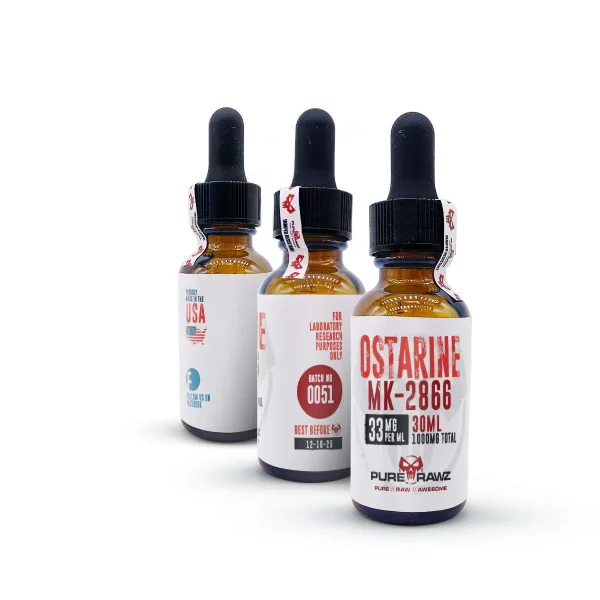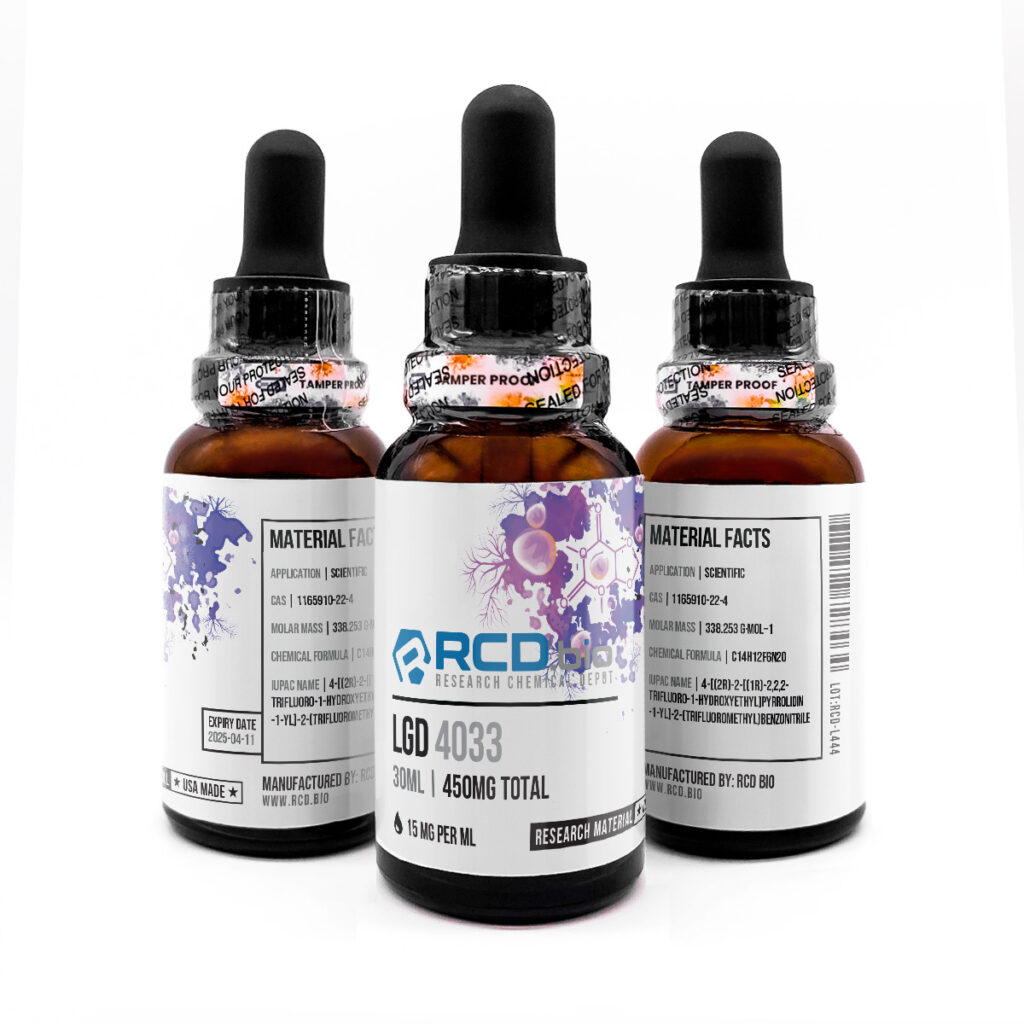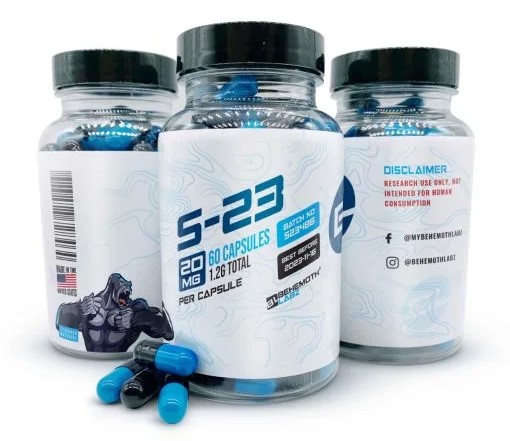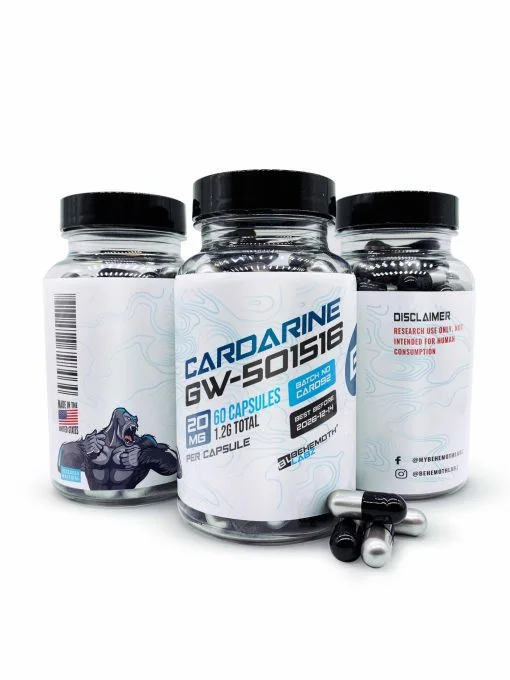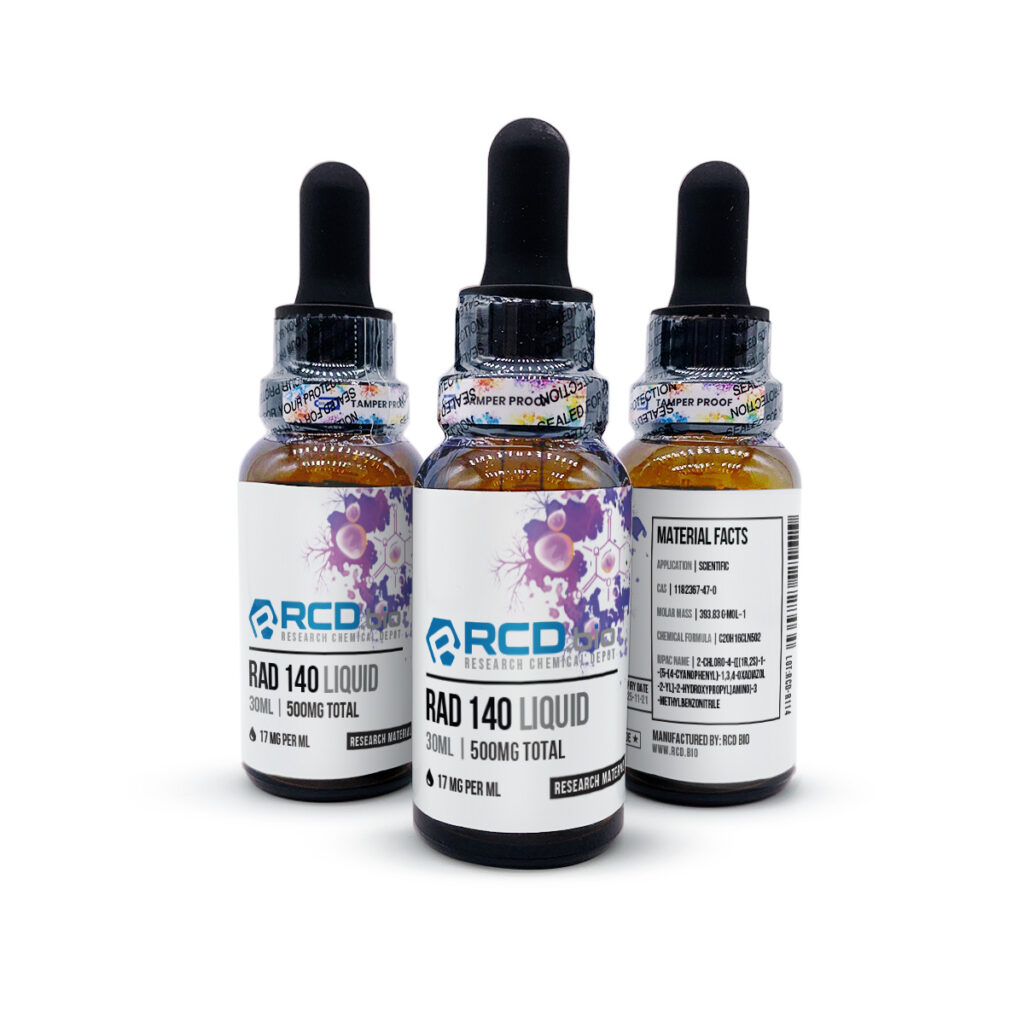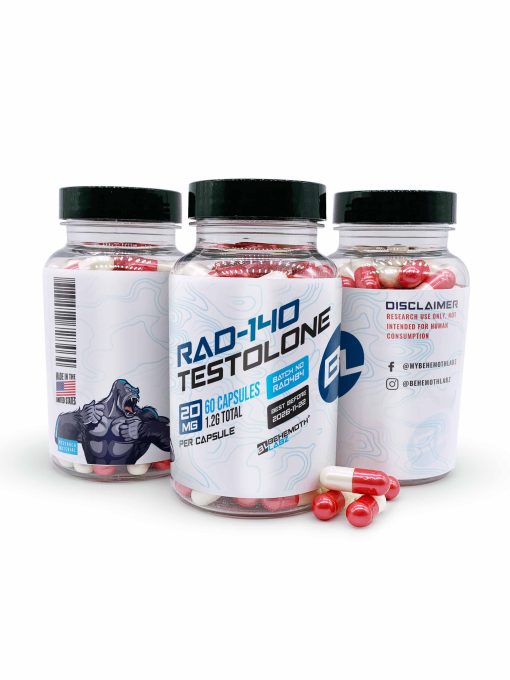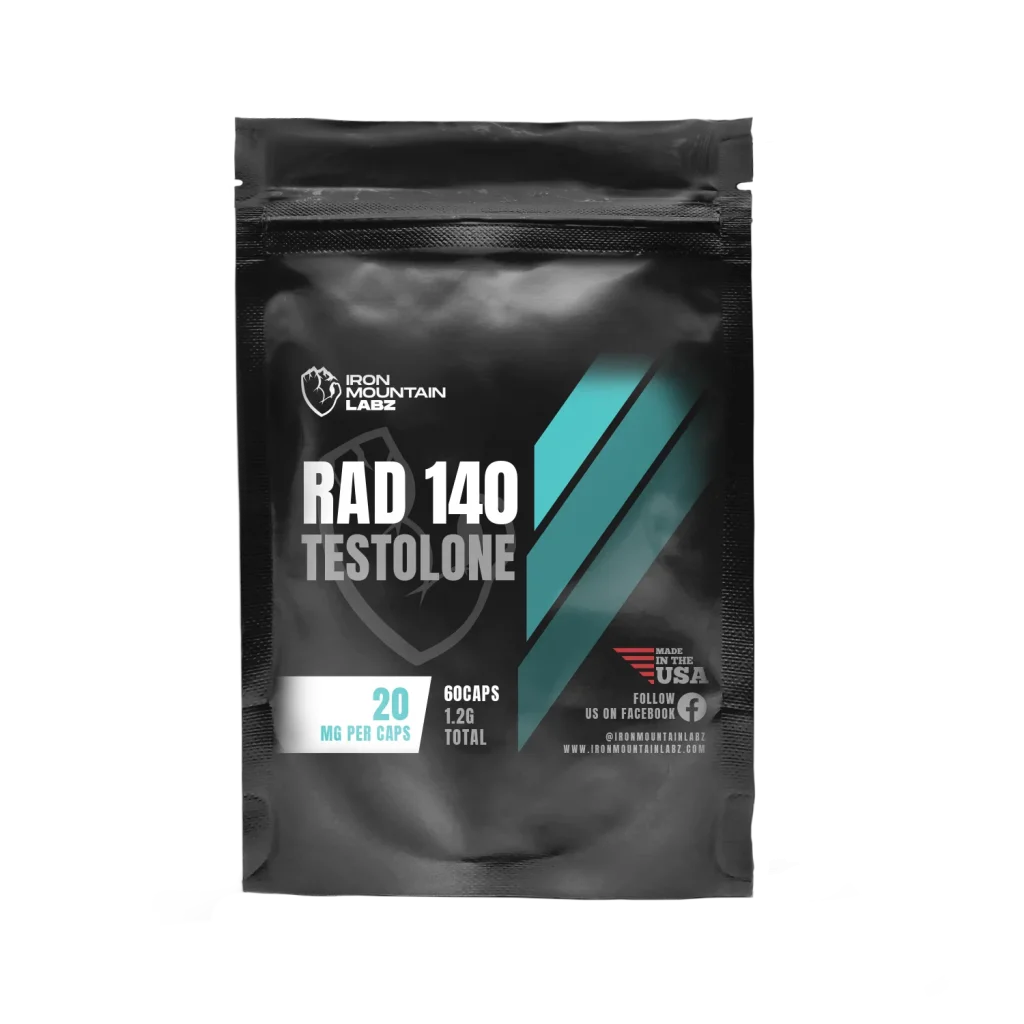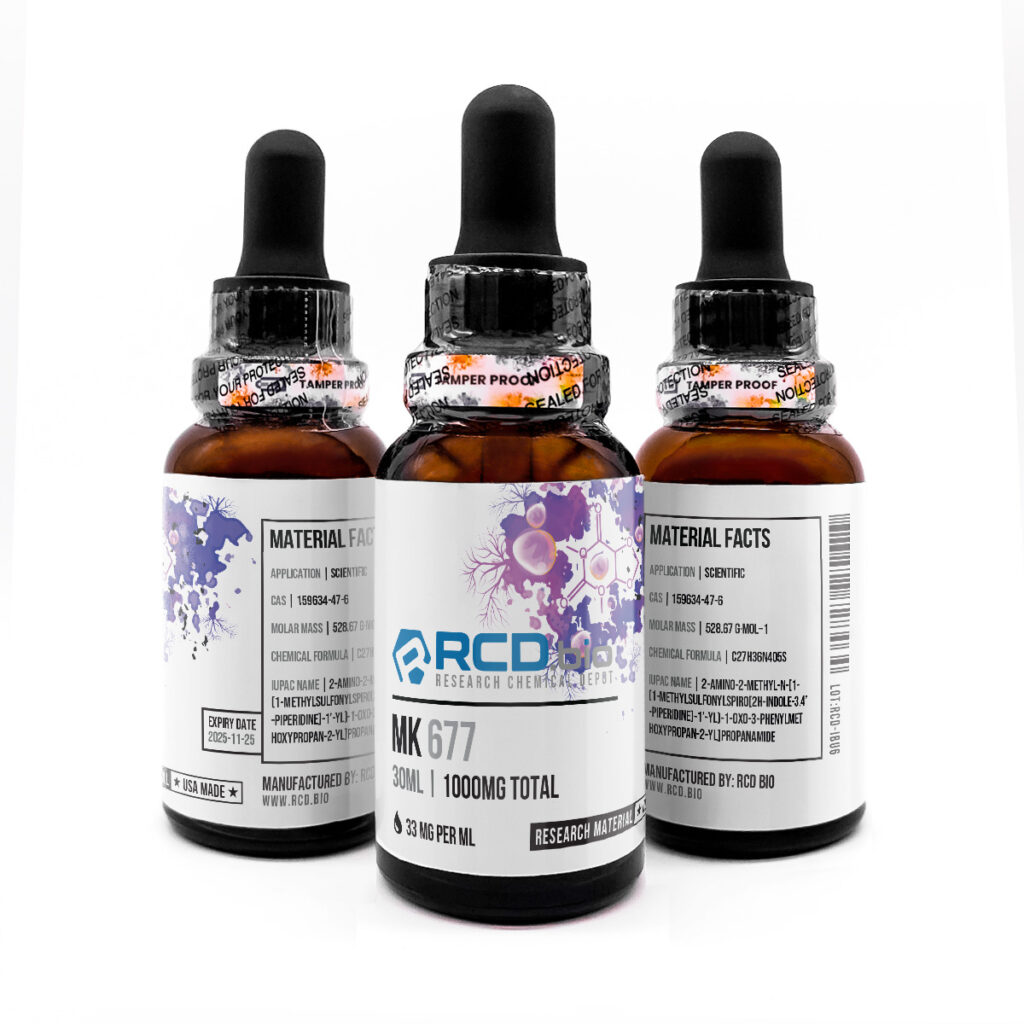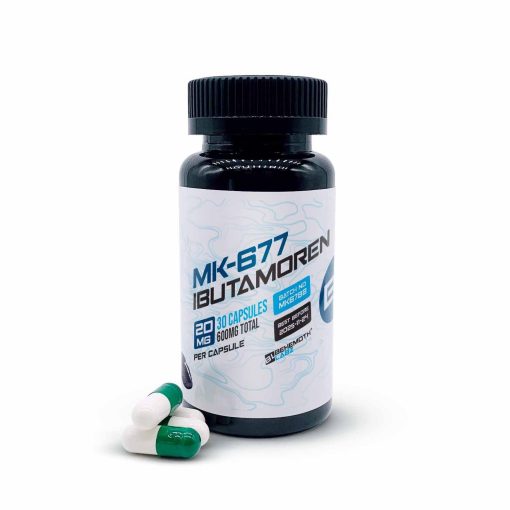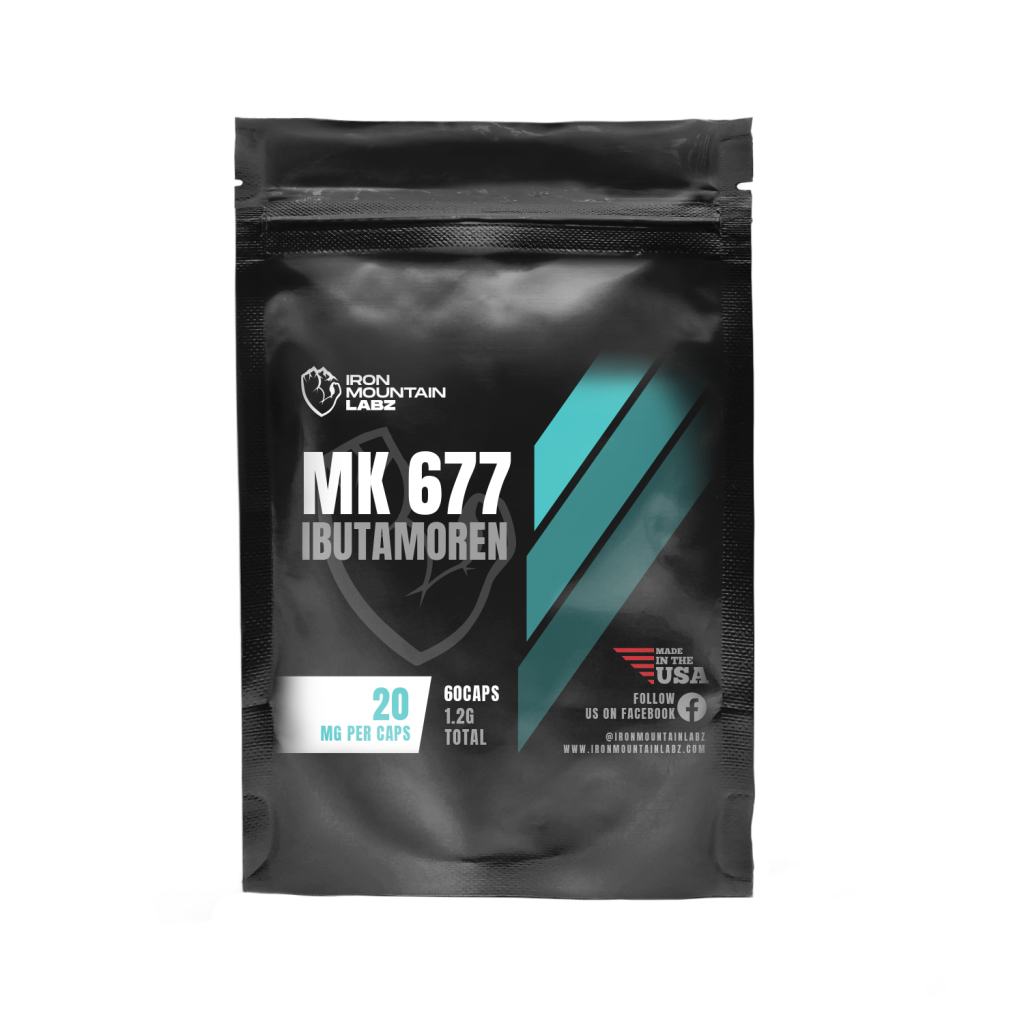SARMs, over the past few years, have been touted as a safer alternative to anabolic steroids. SARMs promise muscle gain benefits without the harsh side effects associated with steroid use. But what exactly are SARMs, and how do they work? In this blog, we will answer the common worries of bodybuilders using SARMs. Does it cause hair loss? Does available research support that?
Do SARMs Cause Hair Loss?
SARMs hair loss statistics aren’t as widely documented as those related to anabolic steroids. Hair loss is a potential side effect of SARM usage. It is generally less severe compared to anabolic steroids. It can drastically alter testosterone and androgen levels. SARMs are designed to selectively target androgen receptors, minimizing systemic hormonal disruption, which potentially causes changes in the body. Anecdotal evidence suggests that users prone to the risk of hair loss may experience noticeable shedding.
Link Between SARMs & Hair Loss
SARMs can still indirectly contribute to hair loss due to their impact on the hormonal balance. SARMs can stimulate or suppress the activity of hair follicles. This may lead to temporary hair loss in some users. This disruption of hormones may increase the production of androgens. These are linked to male-pattern baldness or menopausal hair thinning and body hair growth, which can trigger hair loss due to stress. The androgenic activity mimics the effects of DHT, the hormone closely linked to hair loss.
The body produces DHT by converting another hormone called testosterone. The amount of DHT in the body is directly related to the amount of testosterone available for conversion. Therefore, testosterone and DHT levels are closely related when it comes to hair loss concerns.
SARMs that Cause Hair Loss
YK-11
It is an interesting compound because it’s technically a myostatin inhibitor. Even though it often gets grouped with them, it is not a SARM. It works by blocking myostatin, which can help unlock serious muscle mass potential. One thing to be aware of is that YK-11 has DHT-like activity. Dihydrotestosterone, or DHT, is a major hormone involved in male pattern baldness, or MPB.
This means if you’re genetically prone to MPB, YK-11 has the potential to trigger hair loss or speed it up. Not everyone will experience this side effect. Those with a family history of thinning hair or receding hairlines should be cautious. It’s a powerful muscle builder, but the trade might be your hairline if you’re not careful.
LGD-4033
It is a popular SARM that has been studied by medical researchers for its bulking-up properties. It is less androgenic, which can influence the body’s hormone balance and may lead to hair thinning in sensitive individuals. Clinical trials have shown that Ligandrol builds muscles with fewer side effects. Compared to traditional anabolic steroids, it adds to the body’s overall androgen load.
Although hair loss is not as common with Ligandrol, it is not unheard of. Some users have reported noticeable shedding during or after their cycles. For individuals concerned about hair health, caution and proper post-cycle management are recommended.
RAD-140 Testolone
It is one of the selective androgen receptor modulators most likely to cause hair loss. It has strong anabolic and androgenic properties. This compound can bind to androgen receptors in the body, including those in the scalp. When this happens, it can accelerate hair thinning or loss, particularly in individuals who are genetically predisposed to male pattern baldness, or MPB. As a result, Testolone poses a higher risk for hair shedding compared to milder SARMs.
S23
It is a very potent SARM with strong androgenic activity. This means it can have some serious effects on your body, especially your hair. It is known to suppress natural testosterone levels significantly. When your body detects excess androgens, it often reduces its own hormone production, which can throw your system off balance. This kind of hormonal shift can trigger hair loss.
Especially if you’re already genetically prone to it. While hair loss effects aren’t guaranteed for everyone. It’s a reported side effect and something to watch out for. And of course, other factors like genetics, stress, and post-cycle recovery also play a role in how your hair reacts during and after a cycle.
How to Prevent Hair Loss While Using SARMs
- ➢ Always buy genuine, pure, and high-quality SARMs to avoid hair loss during SARM cycles.
- ➢ Avoid taking SARMs in high doses for long periods, as it can lead to hair loss. Using too much for a long period (over 10 weeks) can mess up your hormone levels.
- ➢ Don’t forget post-cycle therapy after using SARMs.
Find The Best Prices For SARMS
Is SARMs Hair Loss Permanent
Hair loss from using SARMs may not be permanent if you stop using them early enough. Yet, how much hair loss you experience can depend on your genetics and how long you’ve been using the SARMs. For some people, the effects could be reversible, and they may say goodbye to hair loss once they stop.
Many SARMs can lead to a condition known as androgenic alopecia. It is a form of hair loss that happens when hormones like testosterone affect hair follicles. This can cause follicular miniaturization. The hair follicles shrink, which leads to hair thinning. Some people might choose to shop for a hair growth routine or use hair loss serums to help reverse the effects.
Common Types of SARMs That Do Not Cause Hair Loss
Cardarine
It is often grouped with SARMs; it’s important to know that it’s not actually a SARM. It’s a receptor agonist, which means it works completely differently from androgenic compounds. Cardarine is not androgenic; it does not bind to androgen receptors. Therefore, it has no direct link to hair loss or disruption of hair follicles. Cardarine is a safer bet for people who are worried about hair loss but still want to enhance bodybuilding.
Ostarine
This is the mildest type and most common SARM on the market. It was originally developed to help with muscle atrophy and bone health. Its androgenic activity is minimal compared to more aggressive SARMs. Because of this, Ostarine doesn’t cause hair loss except in extreme dosages. Hormonal imbalances might start to mimic those seen with stronger compounds. Most users report little to no impact on hair health. Making it a preferred choice for those concerned about their hairline. Journals and health authorities have noted its favorable safety profile.
Andarine
Andarine is a SARM that users often rank somewhere in the middle when it comes to power and suppressiveness. With the appropriate dosages and cycle length, it shouldn’t result in any hair loss at all. It may not be the strongest out there, but it still delivers solid results in terms of lean muscle gains and fat loss. One of the reasons some people choose Andarine over other SARMs is that it’s less likely to affect hair health. Everyone’s body reacts differently. It’s still a good idea to pay attention to any changes and adjust your cycle if needed.
Potential Side Effects of SARMs
SARMs are generally less severe than those caused by anabolic steroids. They work quite differently from traditional steroids. However, SARMs can still lead to unwanted side effects like:
- ➢ hallucinations
- ➢ heart attack risk
- ➢ hormonal imbalance
- ➢ hair loss
- ➢ miscarriage
- ➢ facial hair growth
Conclusion
Many users are starting to question how these compounds impact overall hair health. They are valued for their anabolic effects, but they can sometimes disrupt the body’s hormonal balance, which may affect the hair cycle. Even though they may seem mild compared to steroids, they can still influence sex hormones in ways that impact your hair. Some SARMs with androgenic properties have the potential to trigger or accelerate hair loss, especially in those with a genetic predisposition. The key factor here is the role of androgens, particularly DHT, which can cause hair follicles to shrink and thin over time. On the flip side, healthy estrogen levels and natural testosterone production play a role in supporting hair growth, while imbalances can lead to hair thinning, especially in women. Everyone’s hormonal profile is different; it’s important to monitor your body’s response carefully during any SARM cycle
Frequently Asked Questions
Does Ostarine cause hair loss?
The existing research on Ostarine does not show a direct link between this compound and hair loss. This is because Ostarine does not strongly convert to dihydrotestosterone (DHT). DHT is the hormone associated with hair shedding. So, studies to date have not confirmed hair loss as a consistent side effect of Ostarine.
Does LGD 4033 cause hair loss?
LGD-4033 may cause hair loss in some people, especially those prone to it. It doesn’t directly turn into DHT. However, it can affect hormones and androgen receptors, which might lead to hair thinning.
Does Cardarine cause hair loss?
There is no scientific evidence to suggest that Cardarine (GW501516) causes hair loss. It is a non-androgenic compound that does not bind to androgen receptors or convert to dihydrotestosterone (DHT). Therefore, it is unlikely to induce hair loss.
Does MK677 cause hair loss?
MK-677 is not known to cause hair loss. It works by stimulating growth hormone and IGF-1 without affecting androgen receptors or converting to DHT. Some users even report improved hair strength and quality due to increased collagen and nutrient support.
What are the best SARMs for hair growth?
There is no SARM proven to promote hair growth. SARMs, such as Andarine (S4), have lower androgenic effects and may be less likely to cause hair loss. MK-677 (Ibutamoren) may support hair health by increasing growth hormone.
Are there ways to prevent or minimize hair loss while using SARMs?
Yes, there are a few strategies that may help prevent or minimize hair loss while using SARMs. First, it’s important to stick to recommended dosages and avoid using SARMs for extended cycles. Excessive use can disrupt hormone levels and trigger hair loss. Some individuals also opt to use revolutionary products, which have been shown to promote hair growth and reduce shedding.
Are SARMS safer than anabolic steroids?
SARMs might be a safer option. But users should exercise caution as research is still being conducted. Many SARMs have not yet received FDA or other regulatory body approval.
Are SARMs legal and safe to use?
Most sports organizations restrict the use of SARMs, and their use is regulated. Despite the growing interest in them, there is still much to learn about their long-term safety and effectiveness. Although they may improve performance, it’s important to use caution when implementing them. Be aware of both their potential risks and rewards.








